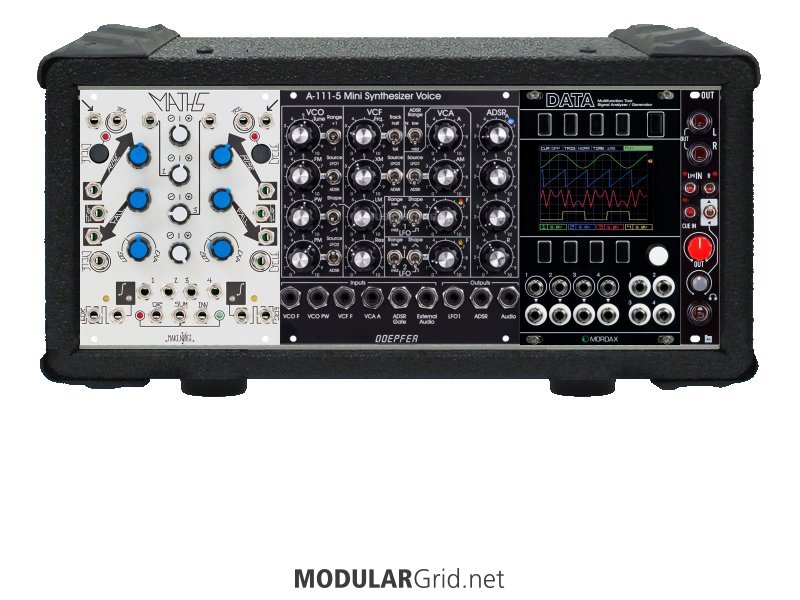Hi TheSoundOfMusic,
+1 for Ronin regarding his remark to get yourself a Behringer (short B.) Neutron. I started with that one as well and I do think it really helped me to check if I liked modular, yes or no... for me the clear answer was yes :-)
I agree with Ronin too about the Doepfer - A-111-x, that's something for later. I would start with a simpler oscillator (like the Doepfer - A-110) just to get used to modular in common, once you are more experienced with it you can look and check for complex oscillators, saves you in the beginning a bit of money as well and don't think a simple oscillator wouldn't be used any more once you become experienced. Simple or any oscillator at all are always good additions to whatever setup you like to get working with.
+1 for Lugia on the B. 2600 too. If the B. 2600 would be available at that time I bought the Neutron and if I realised how great (indeed) learning machine that 2600 is, then I would have bought the 2600 instead of the Neutron. I got the Blue Marvin version now since a while and wow, what a machine. That one is from a synthesizer principles-principle just blowing away your mind with, in my opinion, a fantastic cool (to avoid the word "vintage" ;-) let's call it) "old fashion" synthesizer sound (I mean this in a positive way), like the young times of J.M. Jarre, Vangelis, K. Schulze, Tangerine Dream, and the lot.
I don't know where you live but if you live in Europe, check the main synthesizer shop online websites, the B. 2600 default version is now on offer for just as little as 498 bucks! The opportunity to get fantastically started for a seriously reasonable amount of money. If you like that one, it confirms that you are ready for Eurorack and then save a bit longer, get a 3 x 84 HP or 3 x 168 HP rack and there you go. My main advice is to take it easy and slowly but start with a larger rack immediately (that's more cost effective). Take your sweet time and don't buy all modules you have planned or in mind in one go but buy them in little batches, gain experience, if and where needed adjust your opinion on certain modules and then buy a few more. Not everything in one go!
Since you mentioned that you have already experience with semi-modular synths then perhaps you are sure already about the fact that you love modular, well then just go for it :-)
Either way, I wish you good luck and have fun in the (semi-) modular synth world! :-) Kind regards, Garfield.


